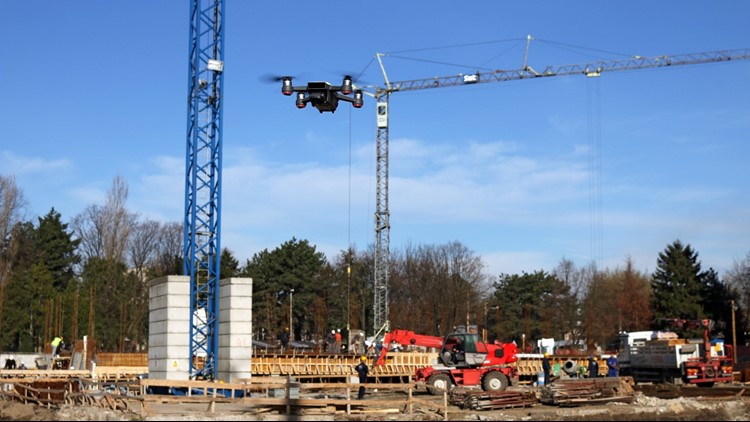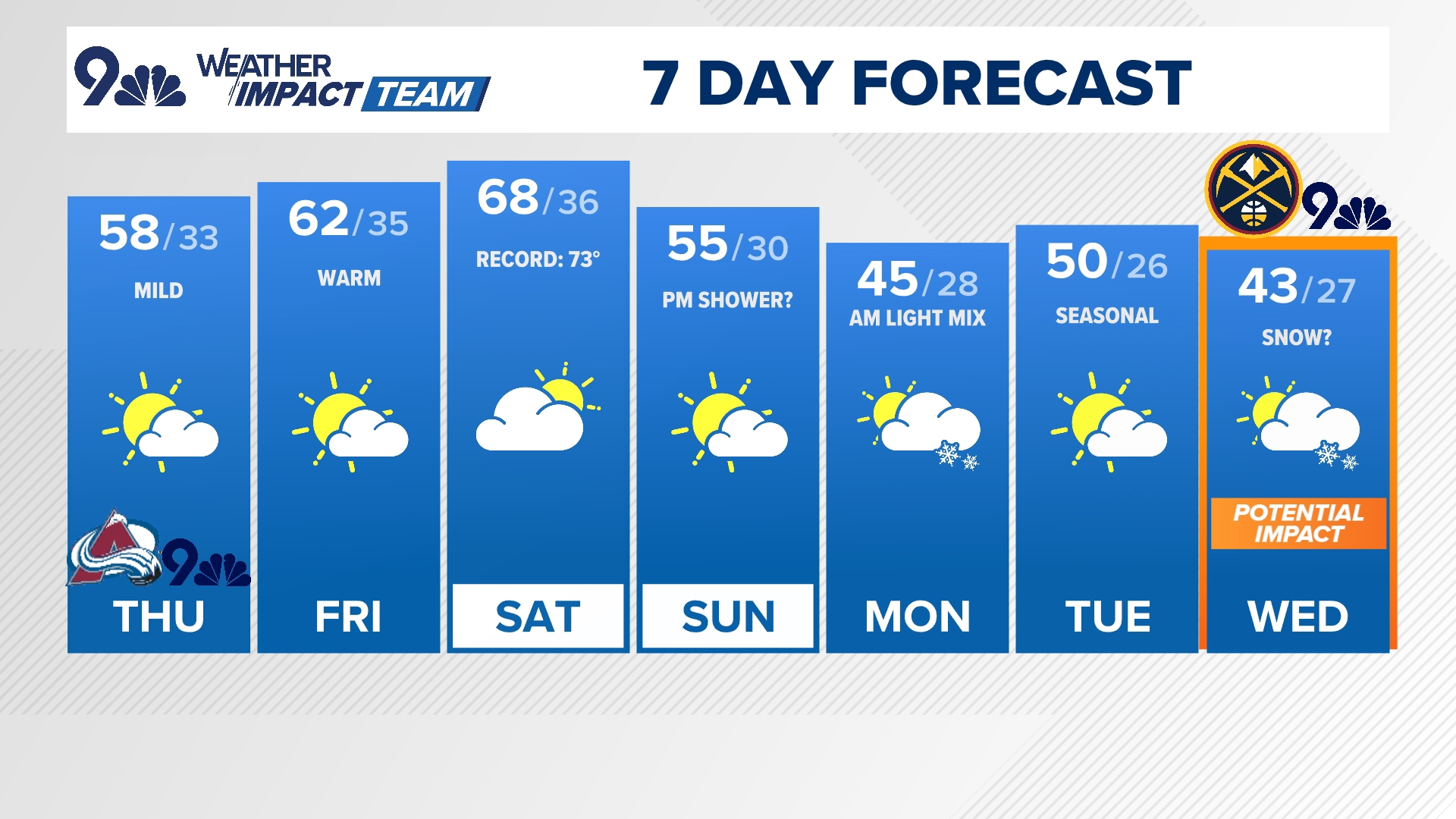COLORADO, USA — There's probably been at least once in the not-too-distant past where you've heard a strange noise, looked up and noticed an unmanned aircraft system (better known as a drone) flying nearby.
Typically, citizens (not military) fly two types of drones: hobbyists (people who get a drone under their Christmas tree) and licensed commercial pilots (businesses, government agencies or media).
Federal Aviation Administration (FAA) rules apply to both.
Yes, people who fly for fun have rules.
Below are some of the most frequently asked questions with respect to flying a drone as a hobby (we're talking model aircrafts and/or drones under 55 pounds here).
Do you have to register the drone?
Yes, the FAA mandates that all unmanned aircraft systems be registered. You can do that online by clicking/tapping here.
Can you fly a drone near an airport?
No, the general rule is that you can't fly within a 5-mile radius of any airport (no one wants an airplane-drone collision). If you DO want to fly a drone near an airport (maybe you live close by one or something), you have to contact air traffic control to let them know.
Can you fly your drone where you can't see it?
No, the drone should be flown within a "visual line-of-sight."
Can you fly near emergency response efforts?
No, steer clear of any police, firefighter or other emergency activity.
Can you fly under the influence of drugs or alcohol?
No-brainer here, right? Ok good...but just in case...the answer is no, you cannot. And should not. And won't (hopefully)...It's just a bad idea.
Can you fly your drone over people, homes or recreational areas?
Different cities have different rules about this. Cherry Hills Village enacted rules in 2015. Vail also has a specific set of rules, Telluride does as well, and Greenwood Village released its own rules in 2018. Some cities ban drone usage on any property owned by the city or town (think bike paths, playgrounds, public streets). Many ski resorts have banned drone usage entirely.
Denver has no citywide regulations, except that it does not allow drones in parks, according to a city spokesperson.
Check your local city's website for its specific rules and regulations.
Can you use a drone to aid in hunting?
Nope, Colorado regulations state: "It shall be unlawful to use a drone to look for, scout, or detect wildlife as an aid in the hunting or taking of wildlife."
Commercial pilots follow their own set of regulations
Commercial pilots -- people who operate drones for things like newsgathering or official business operations -- are subject to even stricter rules. They also must obtain a license.
Below are the rules commercial drone pilots must follow, according to the FAA's website:
The unmanned aircraft must weigh less than 55 pounds, including payload, at takeoff.
So if a company really wants to start delivering packages to people via drones, it's probably not going to be a television set.
It has to fly in Class G airspace.
Airspace classes can get confusing, but Class G airspace is basically airspace that extends from the surface to the base of the overlying Class E airspace. It's also airspace where pilots must adhere to visual flight rules.
Fly an unmanned aircraft within visual line-of-sight.
You have to be able to see it with your own two eyes -- no binoculars, no telescopes, no visual aids whatsoever.
Fly it at or below 400 feet.
That's about as high as a 40-story building, tops (we're assuming each story is around 10 feet -- a number that can vary).
Fly the drone during daylight or civil twilight.
Civil twilight is 30 minutes before sunrise and 30 minutes after sunset.
Fly the aircraft at or under 100 miles per hour.
Most drones fly between 10 miles per hour and 30 miles per hour. Some racing drones can reach speeds of 120 miles per hour. The DRL RacerX drone in July 2017 flew at 163.5 miles per hour, according to the Guinness Book of World Records.
Yield the right-of-way to manned aircraft.
Basically, get out of the way of planes and helicopters.
Do not fly directly over people.
If a drone fails, it's going straight down and could potentially injure someone. Unless the person is directly involved in the flight, a commercial pilot cannot fly a drone over people.
Do not fly from a moving vehicle, unless you're in a sparsely populated area
Say you're a filmmaker and want to follow along with a bicycle rider in Denver. Nope, can't do it. Unless it's in a remote area, following from a moving vehicle is on the can't-do-it list.
SUGGESTED VIDEOS | Local stories from 9NEWS



